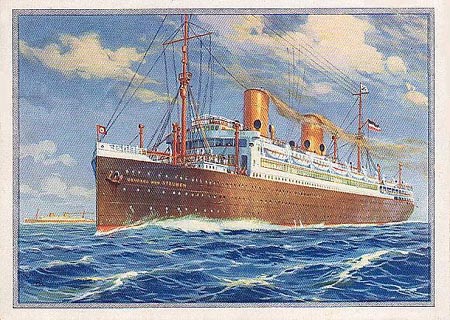Earlier this year, maritime archaeologists working a wreck in the Baltic Sea discovered a 200 year old stoneware bottle that they recovered to the surface. Surprisingly, the bottle, marked “Selters,” still contained its liquid contents from when the vessel sank. Selters, a mineral water found in Germany’s Taunus mountains, is still bottled today, however, scientists at the lab facility J.S. Hamilton Poland revealed last week that the liquid contents was most likely a vodka or gin and that the alcohol was still drinkable. The discovery makes a total of three edible items pulled from this Baltic Sea shipwreck, dubbed F53.31, as a stoneware jar of butter as well as a bottle of beer were found on the wreck in 2009.
Due to its chemical and biological environment, the Baltic Sea has acted as a surprisingly good preserver of organic (especially edible) material and has given up some of her secrets over the past few years. In 2011 and 2012, several bottles from a collection of 168 bottles of champagne were auctioned in the Åland Islands. The champagne had been recovered from the wreck of an 1840’s era schooner discovered by diver and brewery owner Christian Ekström. Another wreck off the Åland Islands revealed several bottles of beer that were analyzed by scientists and found to have been made from unroasted malt in the mid-1800s. Perhaps the most noteworthy recovery, though, is recovery of $8,000,000 worth of World War I era champagne and cognac from the wreck of the Jonkoping in the late 1990s. Thousands of miles south of the Baltic, another form of shipwrecked alcohol was revealed in 2010 when three newly discovered bottles of whisky were used to create a limited 50,000 bottle run of the whisky that accompanied Sir Ernest Shackleton on his 1907 British Antarctic Expedition.

















